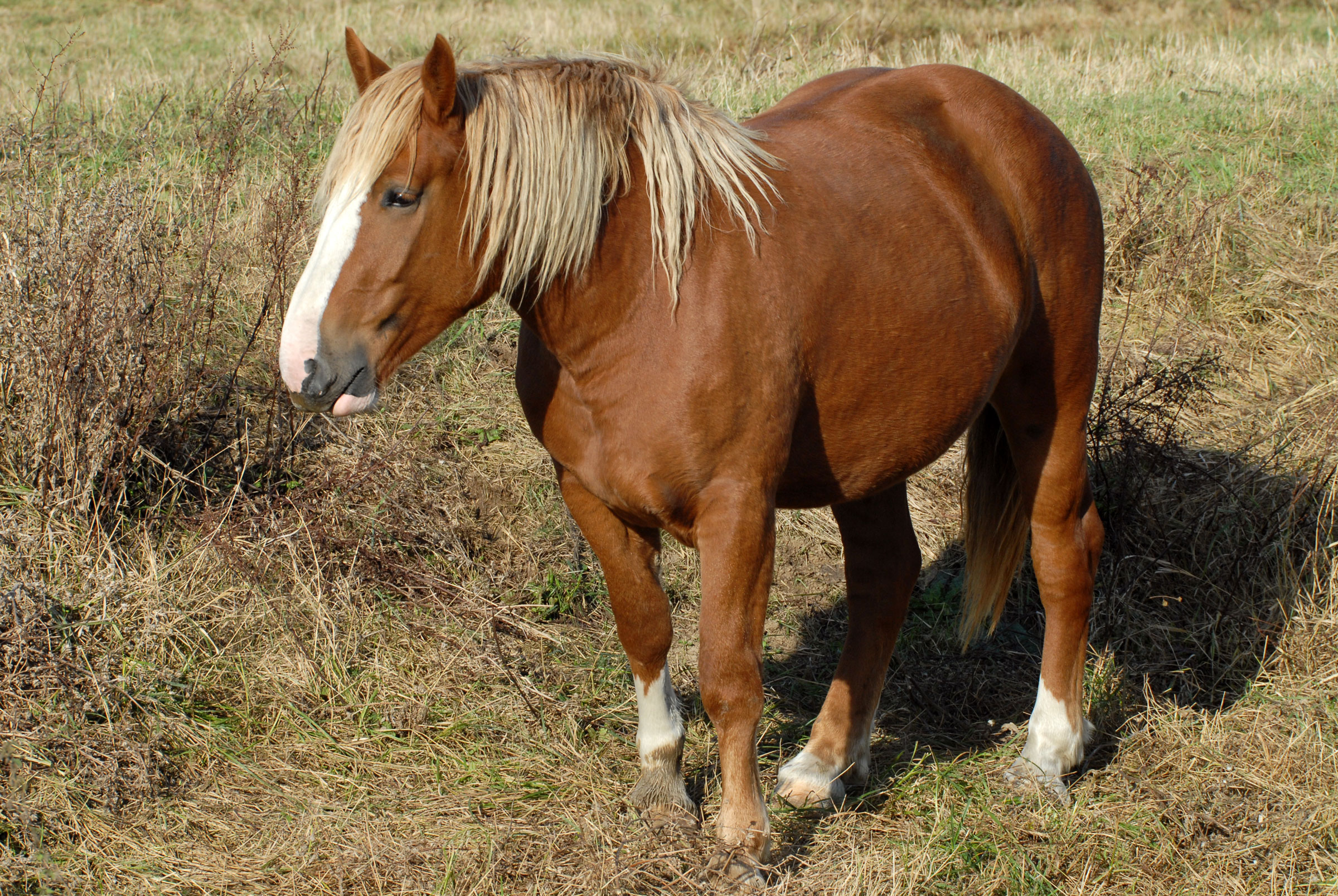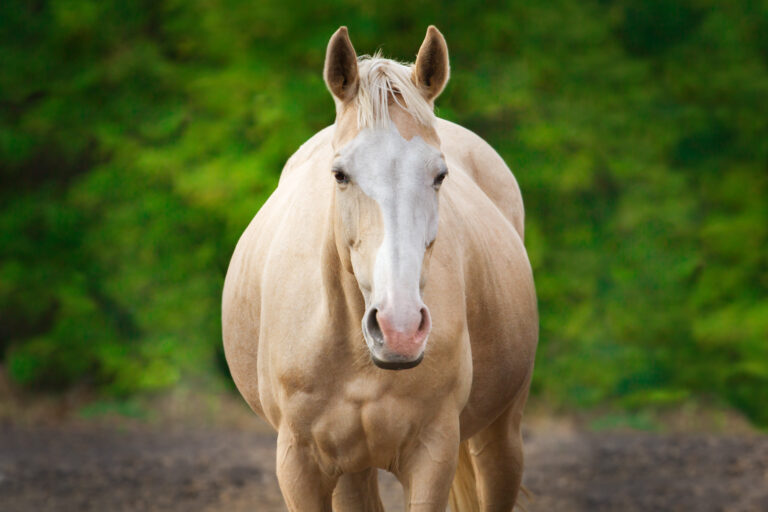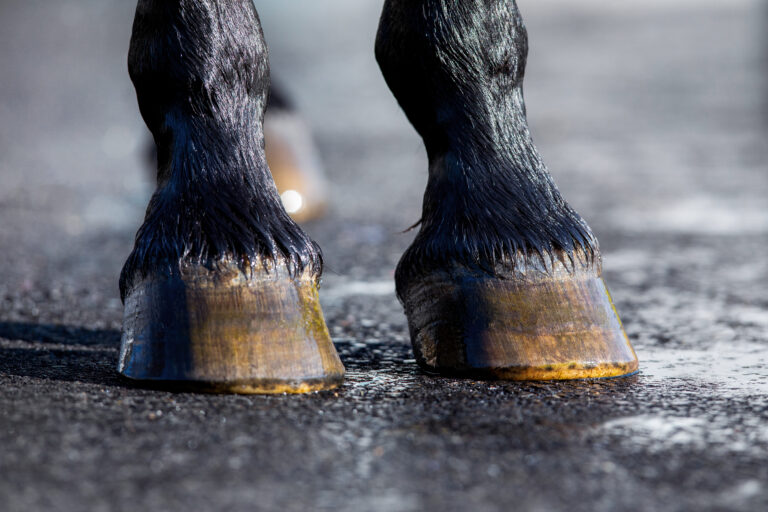
Equine practitioners are tasked with educating horse owners about appropriate nutrition as it relates to the body condition scores (BCS) of their patients. It is not uncommon to look at a horse with a cresty neck and make some assumptions that the obese individual could be suffering from equine metabolic syndrome (EMS) and/or insulin dysregulation (ID). Use of an easy predictor and early identification of a potential metabolic problem could help steer horse owners to better weight management of their horses.
One Australian study compared the possibilities of using body condition or neck crest scores as predictors of endocrine derangements on 26 ponies. Height, girth and neck measurements and body weight were evaluated along with insulin levels following oral glucose testing [Fitzgerald, D.M.; Anderson, S.T.; Sillence, M.N.; de Laat, M.A. The cresty neck score is an independent predictor of insulin dysregulation in ponies. PLoS ONE 2019, 14(7): e0220203. https://doi.org/10.1371/journal.pone.0220203].
Regional adiposity is often correlated with EMS and laminitis risk more so than looking at generalized obesity denoted by BCS.
The results are noteworthy:
- Post-prandial serum insulin was positively associated with CNS.
- Ponies with CNS scores ≥ 3 were five times more likely to be insulin dysregulated.
- Ponies with high CNS scores had a greater insulin response to the oral glucose test than ponies in the normal or fleshy group designated by BCS ≤ 7 and CNS ≤ 2.
- Adiponectin was lower in the ponies with a high CNS (BCS ≤ 7 and CNS ≥ 3) as compared to the obese group (designated by BCS ≥ 8 and CNS ≥ 1).
The investigators conclude that regional adiposity along the nuchal ligament such as the cresty neck score of ≥ 3 is more predictive of insulin dysregulation and laminitis risk than using body condition scores and generalized obesity. They further state that generalized obesity is not a strong predictor of insulin dysregulation, although it does need to be managed.

![[Aggregator] Downloaded image for imported item #18375](https://s3.amazonaws.com/wp-s3-equimanagement.com/wp-content/uploads/2025/09/30140031/EDCC-Unbranded-26-scaled-1-768x512.jpeg)


